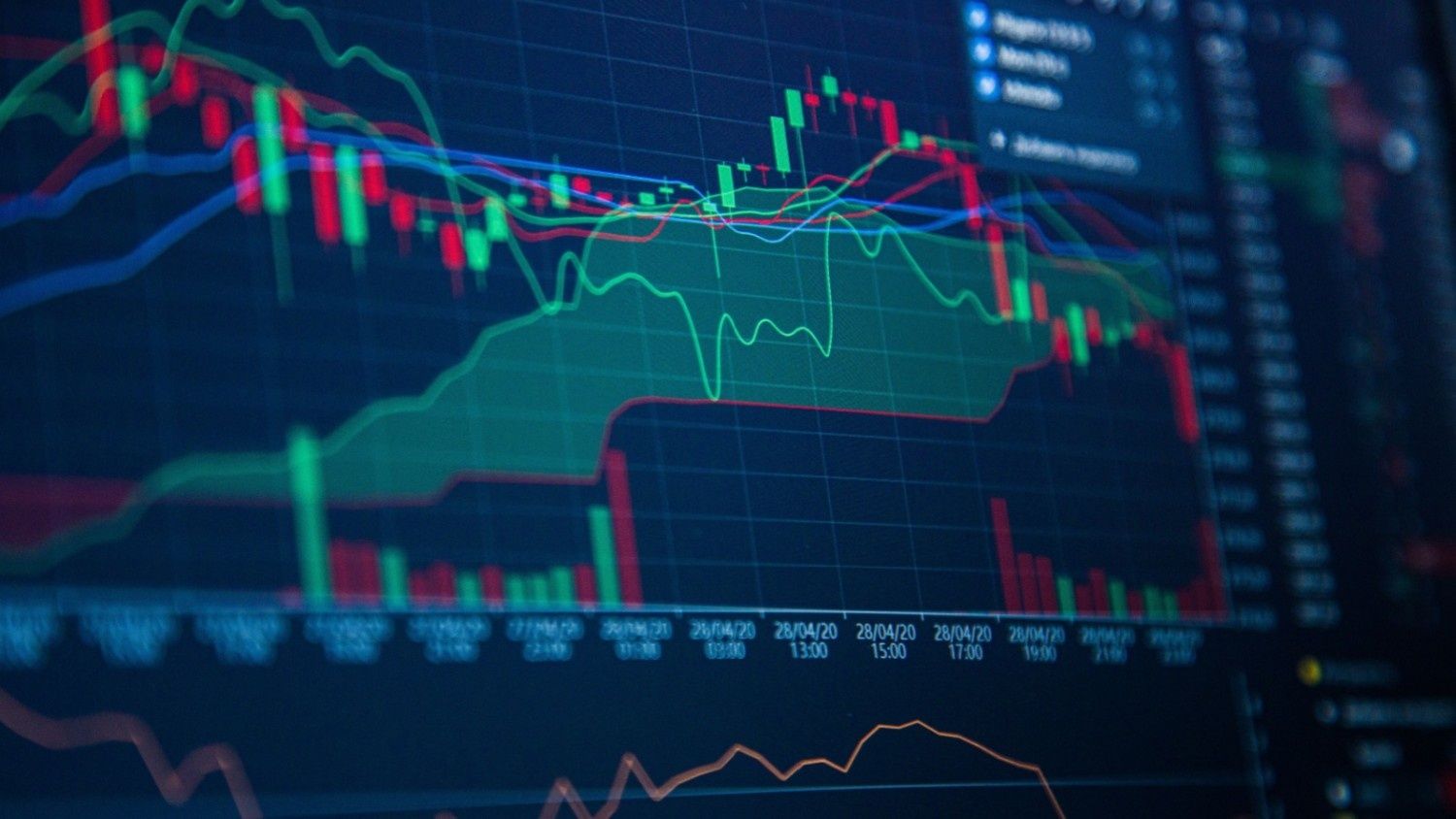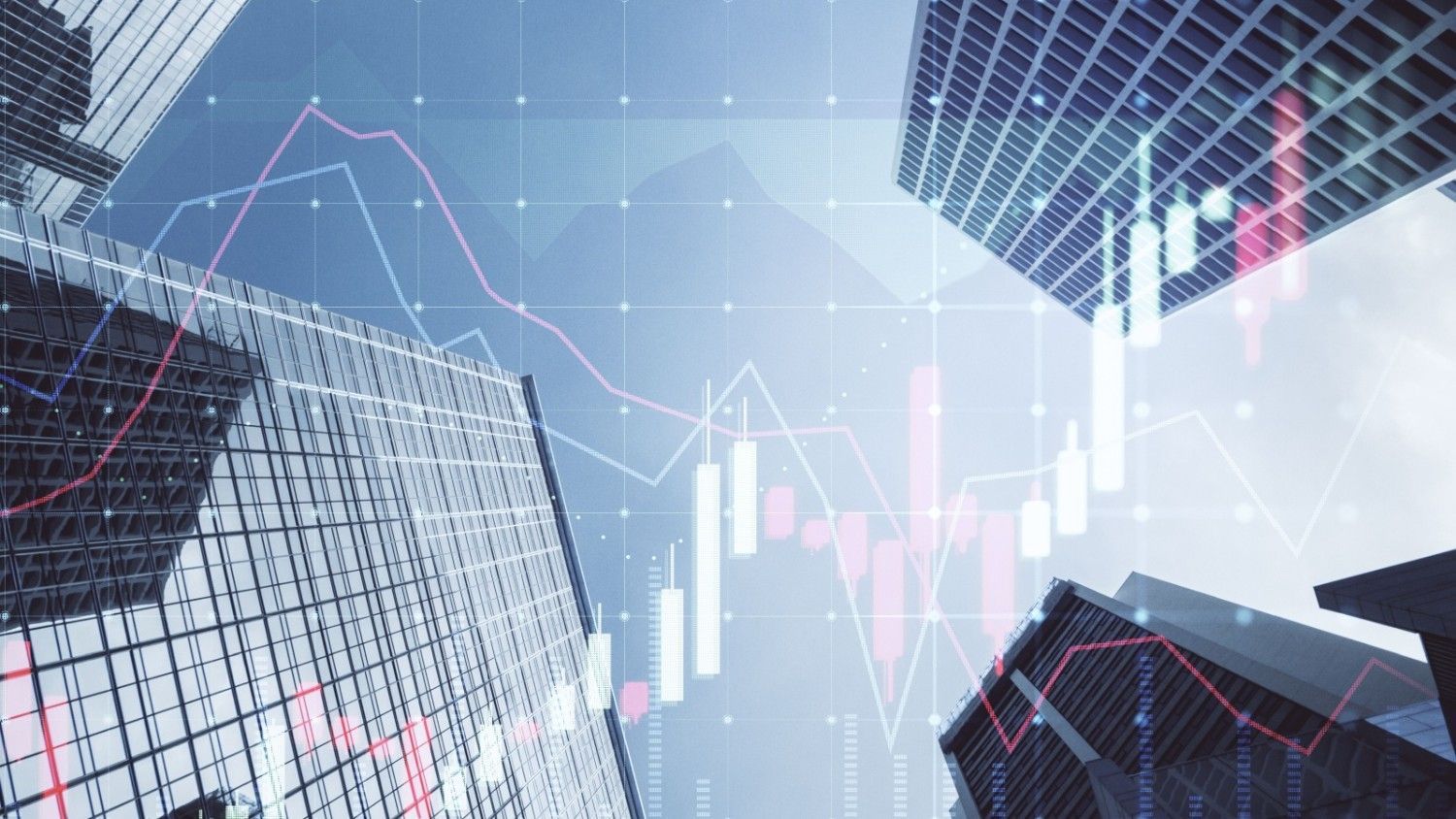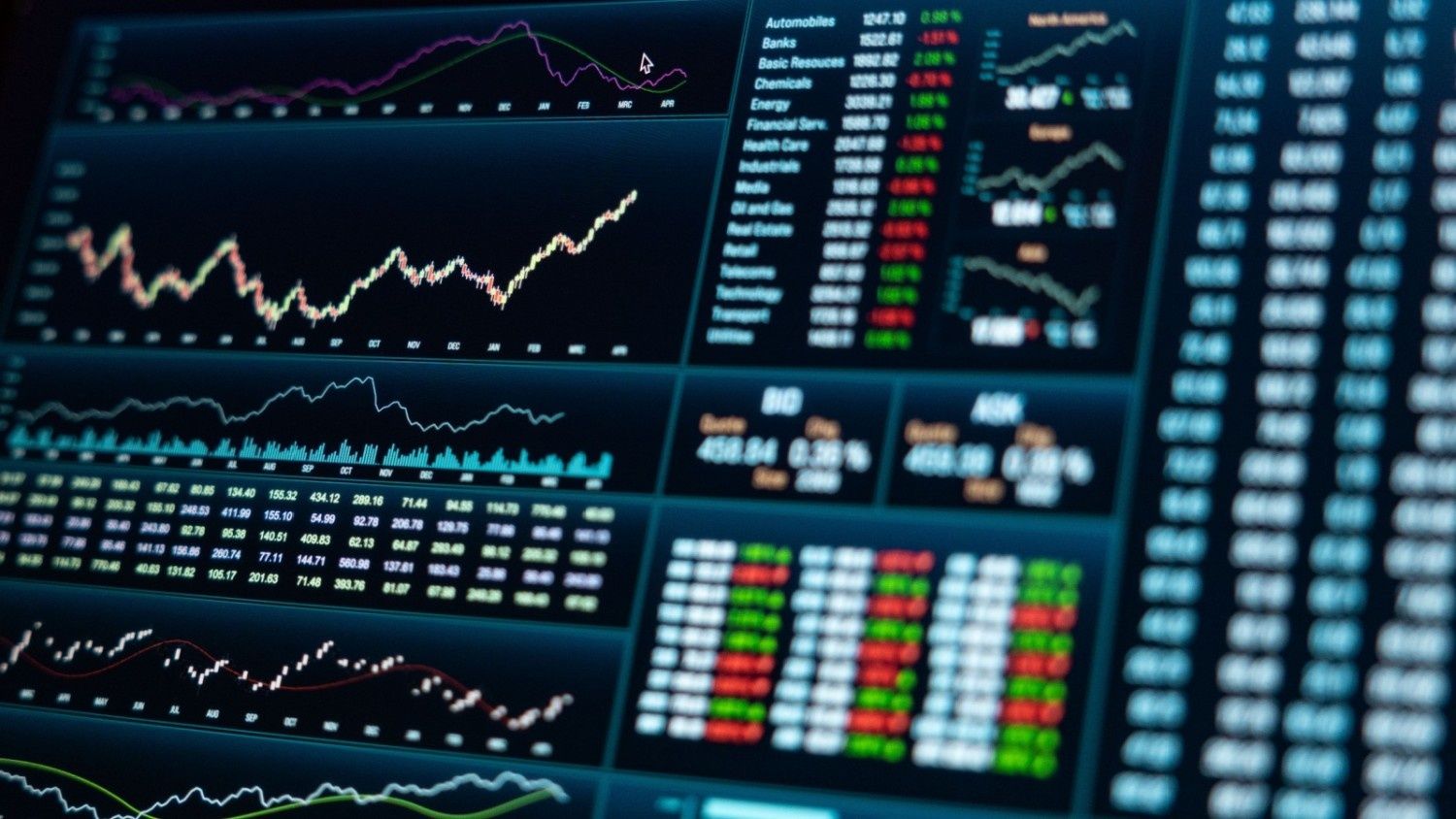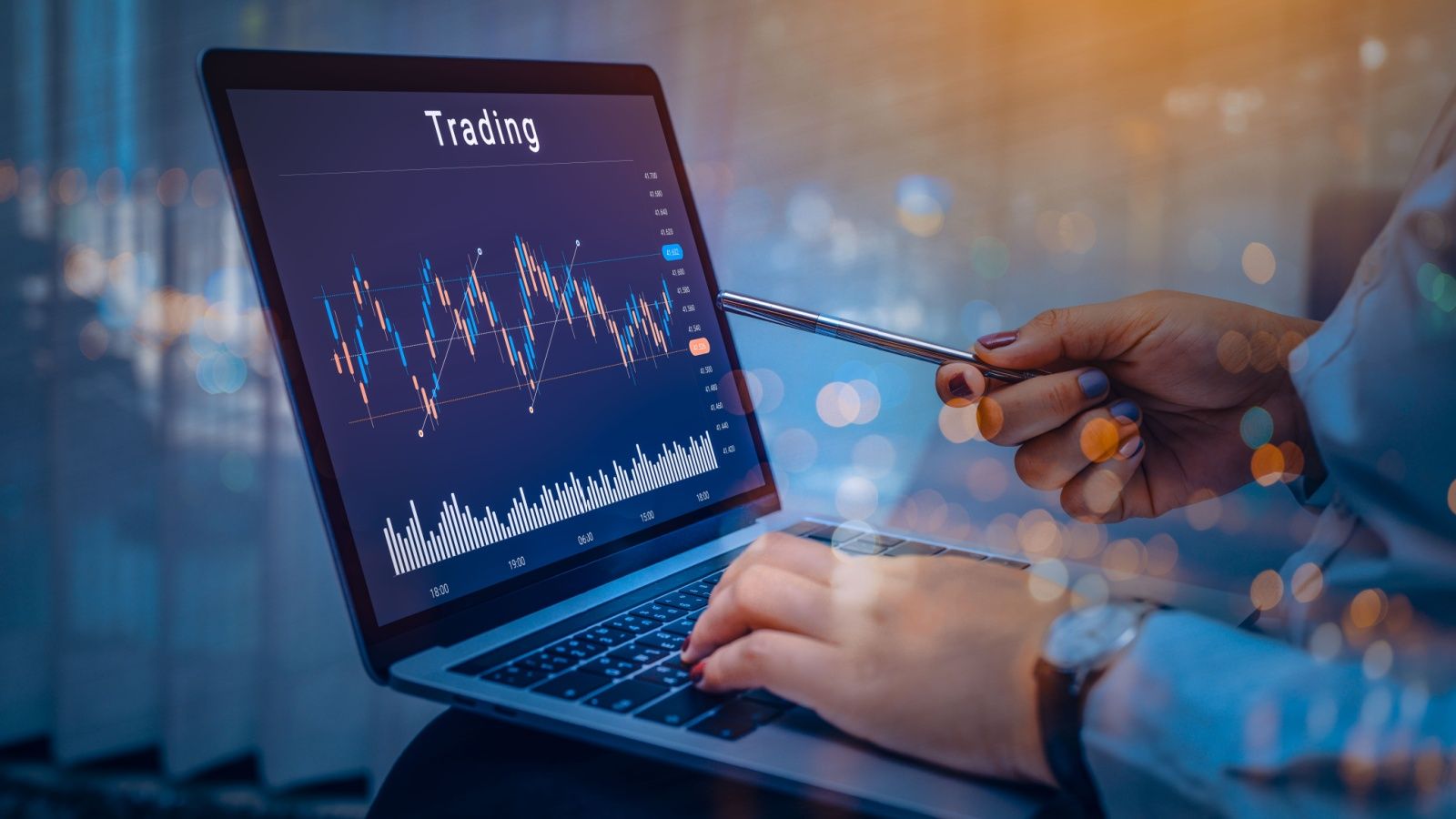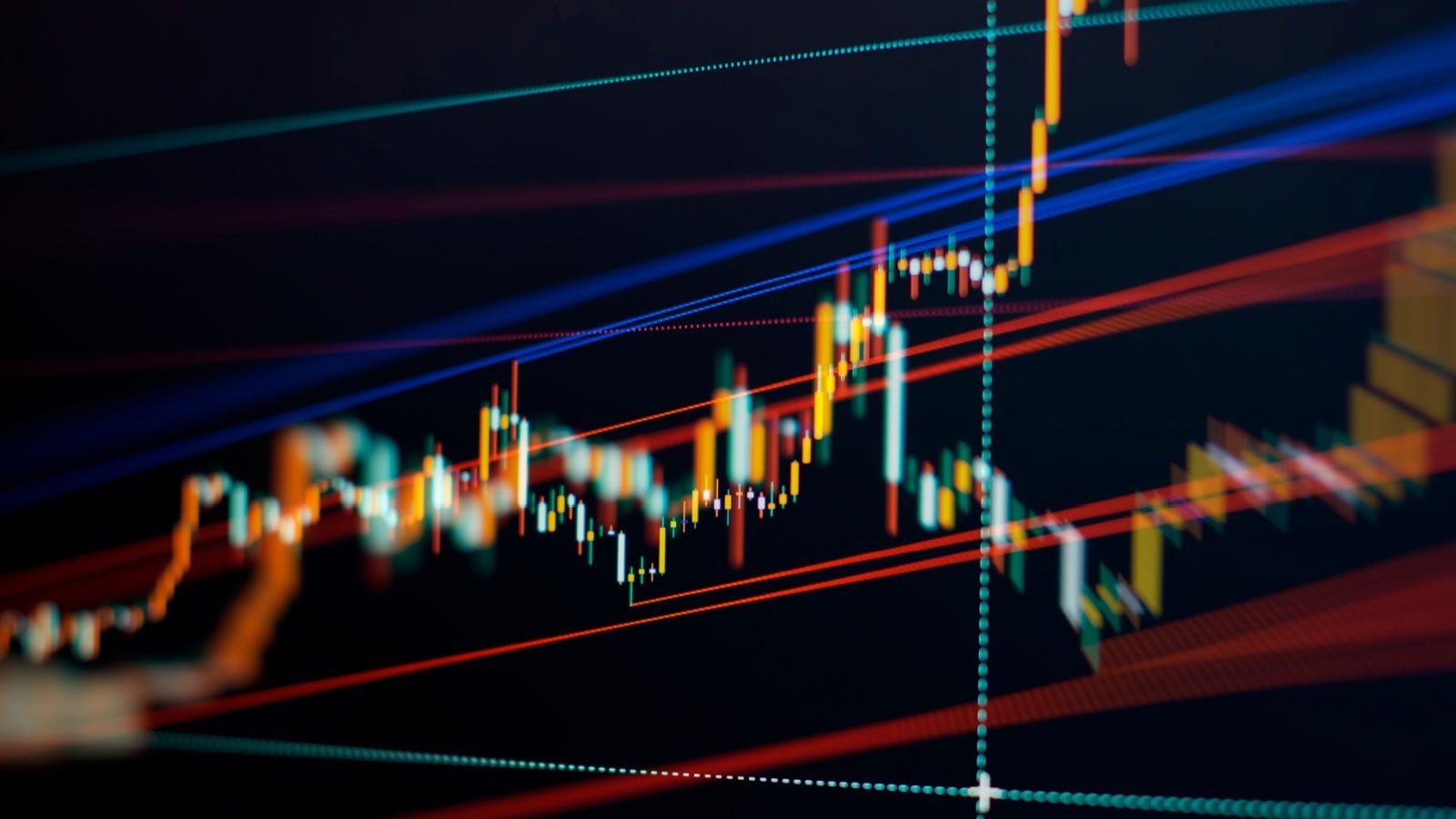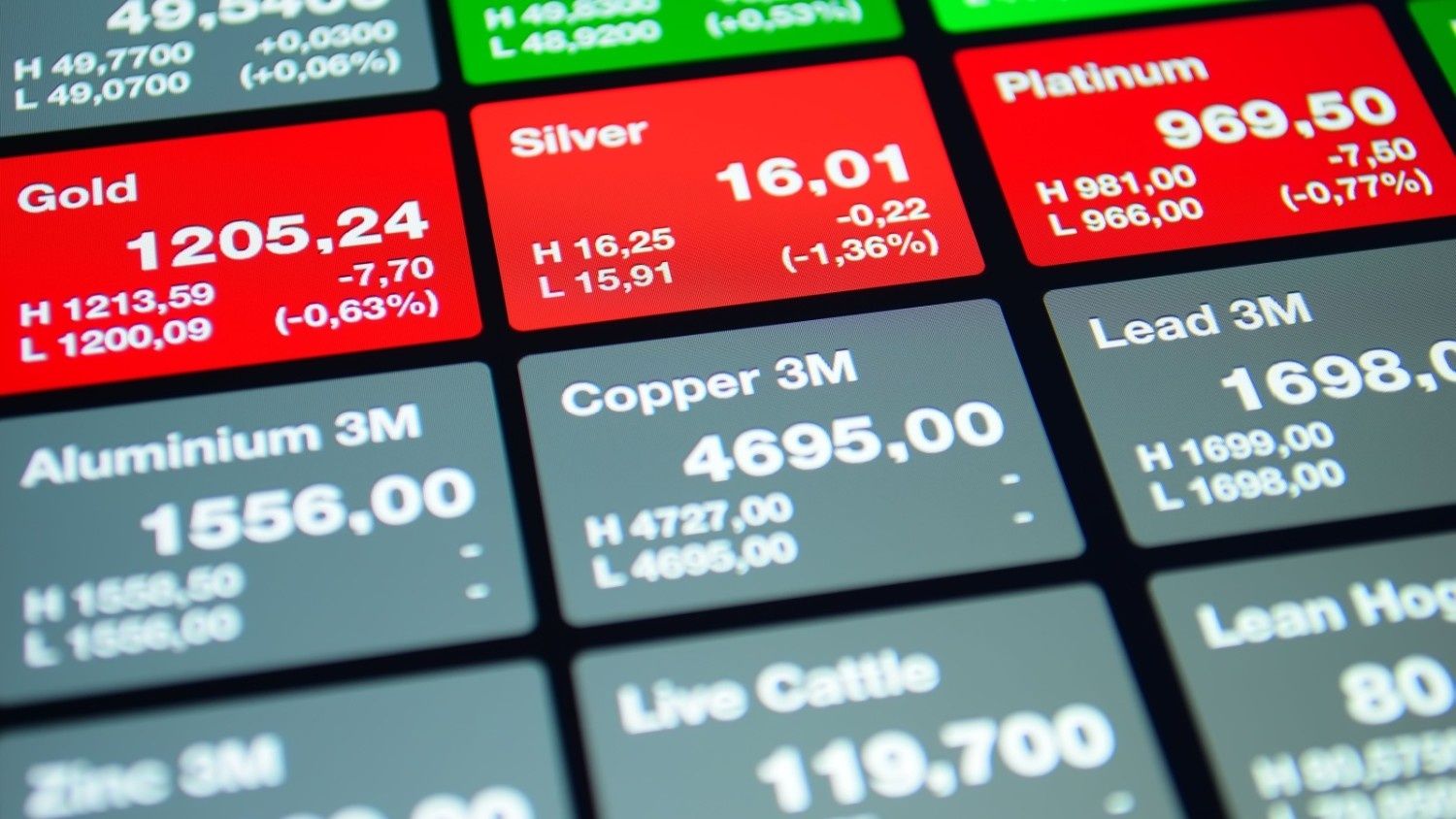Leverage and Margin in Commodity Trading
Written by Pradnya Surana
Published on November 25, 2025 | 5 min read

Imagine walking into a car dealership with ₹5 lakh in your pocket. The salesman suggests that with this money, you can drive away not with a small hatchback, but with a luxury sedan worth ₹ 25 lakh. Buy now, pay later. The allure is real, but so is the risk! If that sleek sedan gets into an accident and loses value, you are responsible for the full ₹25 lakh loss, not just your ₹5 lakh downpayment.
This is exactly the scenario in leverage trading. You can amplify your purchases and thereby the profits with available margins.
However, traders should remember that leverage is not a tool just for profit amplification. It's a double-edged sword that can cut both ways and far more often than traders expect. Because, as the profit multiplies, so do the losses!
How leverage actually works
When you trade commodities like gold or crude oil, you don't need to pay the full value of the contract. Instead, you deposit a fraction called ‘margin’. Let's say you want to trade one lot of gold futures. A single contract represents 100 grams of gold. If gold trades at ₹60,000 per 10 grams, the total contract value is ₹6,00,000. However, the exchange requires only ₹30,000 as margin.
You are now controlling ₹6,00,000 worth of gold with just ₹30,000, giving you 20x leverage. Most traders see this multiplier and imagine their profits multiplying by twenty. But wait, the same multiplier works in reverse as well! Every small move against you becomes magnified twenty times.
How going south impacts in leverage trading
Let's walk through a scenario that plays out in commodity markets every single day. You deposit ₹50,000 in your trading account and decide to trade crude oil futures. Crude oil trades at ₹ 6,000 per barrel, and one contract represents 100 barrels, making the total value ₹ 6,00,000. The margin requirement is ₹40,000.
You analyse the charts, read news about OPEC production cuts and are generally confident crude will rise. You buy one contract at ₹6,000 per barrel, imagining the potential ₹50,000 profit if crude reaches ₹6,500.
But unexpected news about increased supply breaks. Within an hour, crude drops to ₹ 5,800 per barrel. This seems like a small move, just ₹200 per barrel or 3.3%. However, in your leveraged position, the calculation can be terrifying. Your loss is ₹200 per barrel multiplied by 100 barrels, equalling ₹ 20,000. This represents 40% of your entire capital and you have been in the trade for just one hour and ₹20,000 just wiped away!
Many traders convince themselves the market will turn around. They hold on, hoping for reversal. Crude continues falling to ₹5,700. Now the loss is ₹300 per barrel, or ₹30,000 total. Your account is down to ₹20,000. A 5% market move erased 60% of your capital because you were leveraged 15 times.
The multiplier that promised to amplify gains did exactly what it was designed to do, but it amplified losses instead.
Being on tenterhooks!
When you hold leveraged positions, every moment the market moves against you, your margin depletes further.
The emotional toll is equally destructive. Trading with high leverage means living with anxiety. This emotional state often leads to impulsive decisions and eventually substantial losses.
Stop-Loss orders as your safety net
Understanding the severe pitfalls of leverage trading is only half the journey. The other half is implementing a strategy to protect the downside through stop-loss orders . A stop-loss is a predetermined price level at which traders automatically exits from the trade when that price point is reached.
However, the important aspect is setting stop-losses before entering trades, not after you are already losing money.
Here's the implementation strategy. Before entering any trade, decide the maximum percentage of capital you are willing to risk. If you have ₹1,00,000, a 2% risk means you are taking the risk to lose ₹2,000 on this single trade.
Now calculate where to place your stop-loss based on this limit. Lets return to our crude oil example. You have ₹50,000 and risk 2%, which is ₹1,000. You buy crude at ₹6,000 per barrel, controlling 100 barrels. To lose only ₹1,000, crude needs to move ₹10 per barrel against you. Therefore, place your stop-loss at ₹5,990.
If crude touches this price point, your holdings are automatically sold and you lose ₹ 1,000. Losing feels bad, but you still have ₹49,000 left.
Compare this to the trader without a stop-loss who watched crude fall from ₹6,000 to ₹5,700, losing ₹30,000 from their ₹50,000 account.
Discipline - The hardest part
Stop-losses by themselves are not enough without discipline to honour them. The market will test you. You will set a stop at ₹5,990, watch the price fall to ₹ 5,991and think about cancelling it assuming it won't go lower.
Then it touches ₹5,990, your position is sold and then it immediately reveres to ₹6,050. You surely will feel foolish and angry.
However, the stop-loss did its job protecting your capital based on pre-defined risk calculations. The market reversal afterward is irrelevant as no one can predict the future here.
Another strategy, use only a small portion of capital per trade and accept smaller leverage ratios. If you have ₹1,00,000, perhaps use only ₹20,000 of buying power on any single position.
The path forward
Leverage isn't inherently evil. But it must be acted upon by utmost caution. The first question before opting for leverage trading should be ‘how much I am willing to lose’ and not ‘how much can I make?’ No! Optimism, manifestation doesn’t work here.
Calculate stop-loss levels before entering trades. Risk only small percentages on any single position. Use leverage sparingly and never let the seductive promise of multiplied gains cloud judgment about multiplied risks.
About Author
Pradnya Surana
Sub-Editor
is an engineering and management graduate with 12 years of experience in India’s leading banks. With a natural flair for writing and a passion for all things finance, she reinvented herself as a financial writer. Her work reflects her ability to view the industry from both sides of the table, the financial service provider and the consumer. Experience in fast paced consumer facing roles adds depth, clarity and relevance to her writing.
Read more from PradnyaUpstox is a leading Indian financial services company that offers online trading and investment services in stocks, commodities, currencies, mutual funds, and more. Founded in 2009 and headquartered in Mumbai, Upstox is backed by prominent investors including Ratan Tata, Tiger Global, and Kalaari Capital. It operates under RKSV Securities and is registered with SEBI, NSE, BSE, and other regulatory bodies, ensuring secure and compliant trading experiences.



